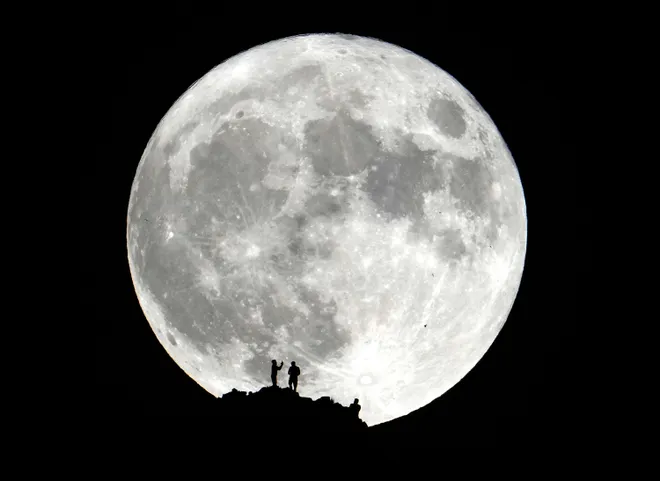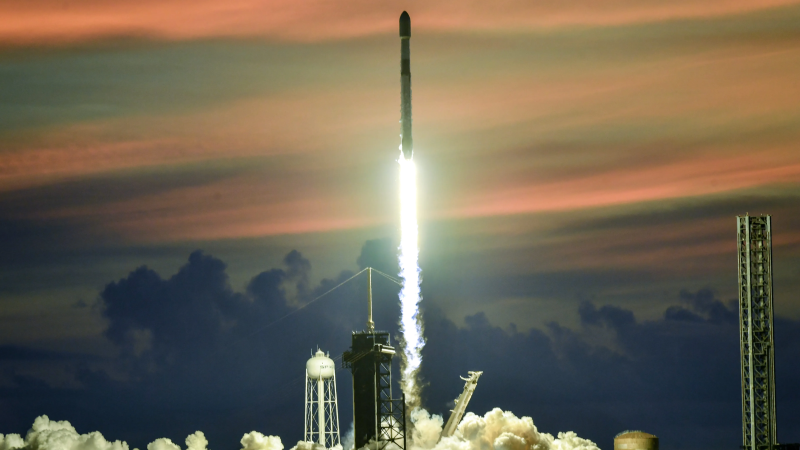August 2024's full moon is a rare super blue moon: When to see it
August's full moon, which is coming Monday August 19, has several names, including supermoon, blue moon and sturgeon moon. So what do they all mean?
The "super" part refers to the moon's orbit, which brings it slightly closer to Earth this month, upping its size and brightness. The "blue" part means that this is the third of four full moons this season, an unusual occurrence. As for "sturgeon," that refers to the Native American name for August's full moon.
How rare is the super/blue combination? A blue moon happens once every two or three years on average, according to NASA, but a blue moon that's also a supermoon is even more uncommon. The time between super blue moons can be as much as 20 years ― but in general, 10 years is the average.
The next super blue moon will be in January 2037.
When is August 2024's full moon?
The moon will reach its peak fullness at 2:26 p.m. EDT on Monday, August 19, 2024. Here in the U.S., it will be below the horizon at that time. However, the moon will look plenty full when it rises in the eastern sky Monday evening.
According to NASA, the moon will actually appear full for three days, from Sunday morning through early Wednesday morning.

What is a supermoon?
When the moon’s orbit brings it closer to Earth than usual, this cosmic combo is called a supermoon. A supermoon occurs when the moon’s orbit is closest to Earth at the same time the moon is full. The term was coined by astrologer Richard Nolle in 1979.
"Different publications use slightly different thresholds for deciding when a full moon is close enough to the Earth to qualify as a supermoon," NASA said. "Because the orbit of the moon is not a perfect circle, the moon is sometimes closer to the Earth than at other times during its orbit."
What is a blue moon?
There are two types of blue moons: seasonal and monthly. This one will be of the seasonal variety. That means that when there are four full moons in a single season (on this occasion, summer), the third of the four is considered a blue moon.
The second definition — which arose from a misunderstanding of the original — is the monthly blue moon, referring to the second full moon in a single calendar month.
Monday's full moon is unlikely to appear blue, however: Blue-colored moons in photos are usually made using special blue camera filters or photo editing apps.
The first recorded use of the term "Blue Moon" in English dates from 1528.

What about the sturgeon moon?
The naming of moons was a way for Native Americans to track the seasons and plan their activities. "August's full moon was traditionally called the sturgeon moon because the giant sturgeon of the Great Lakes and Lake Champlain were most readily caught during this part of summer," the Old Farmer's Almanac said.
Sturgeon fish were once found in great abundance, but their populations have declined greatly due to overfishing and habitat loss, the National Oceanic and Atmospheric Administration said.
Disclaimer: The copyright of this article belongs to the original author. Reposting this article is solely for the purpose of information dissemination and does not constitute any investment advice. If there is any infringement, please contact us immediately. We will make corrections or deletions as necessary. Thank you.



